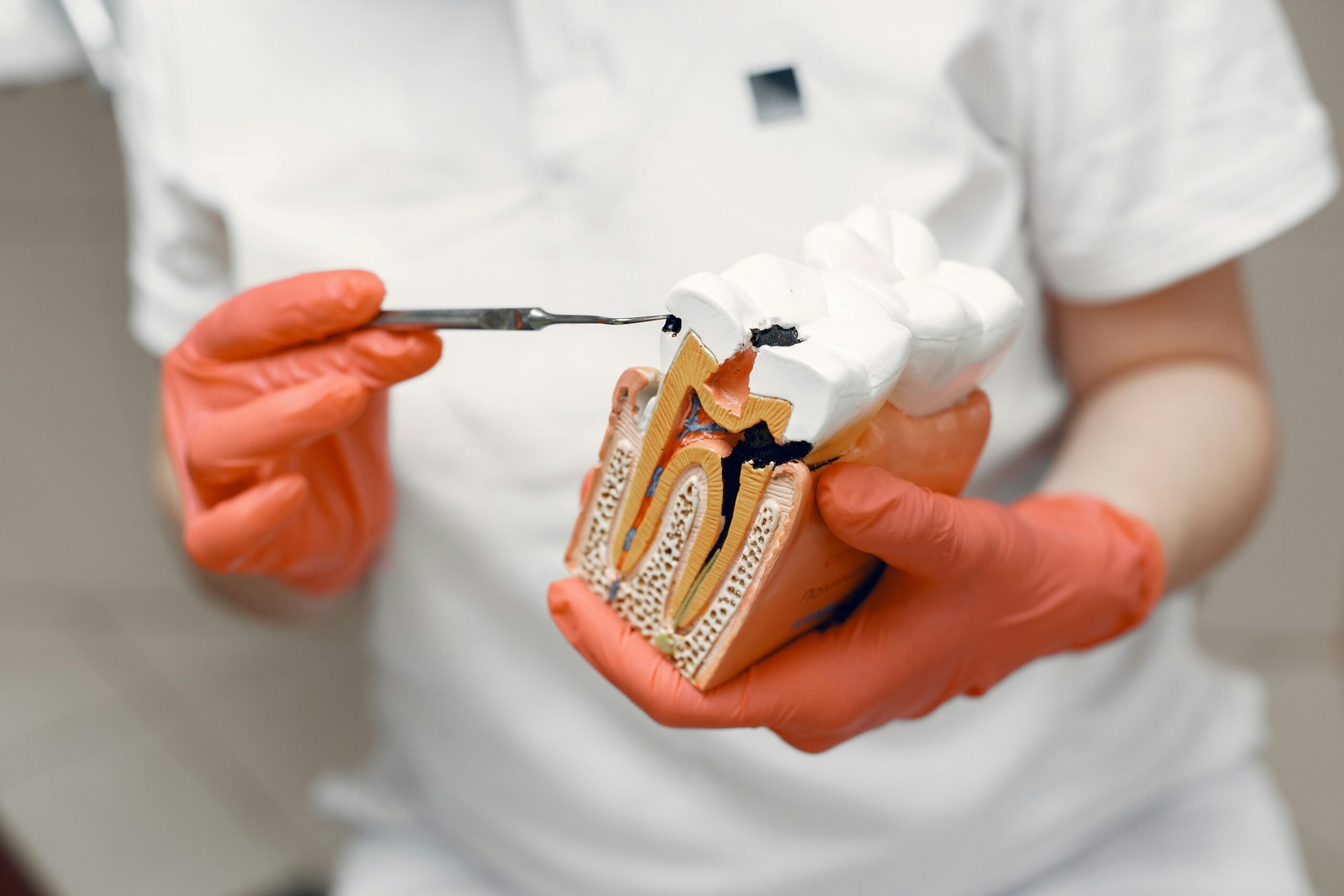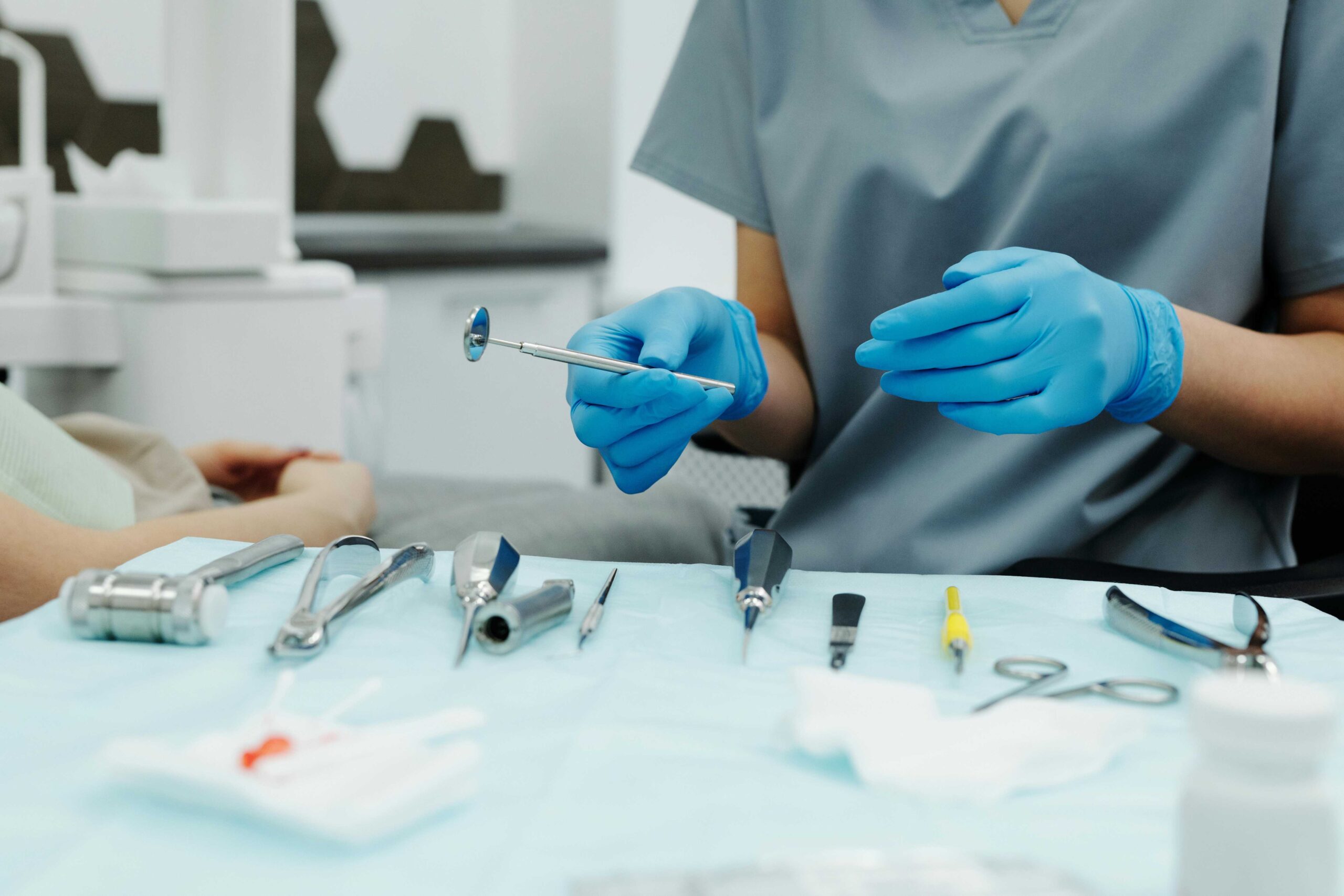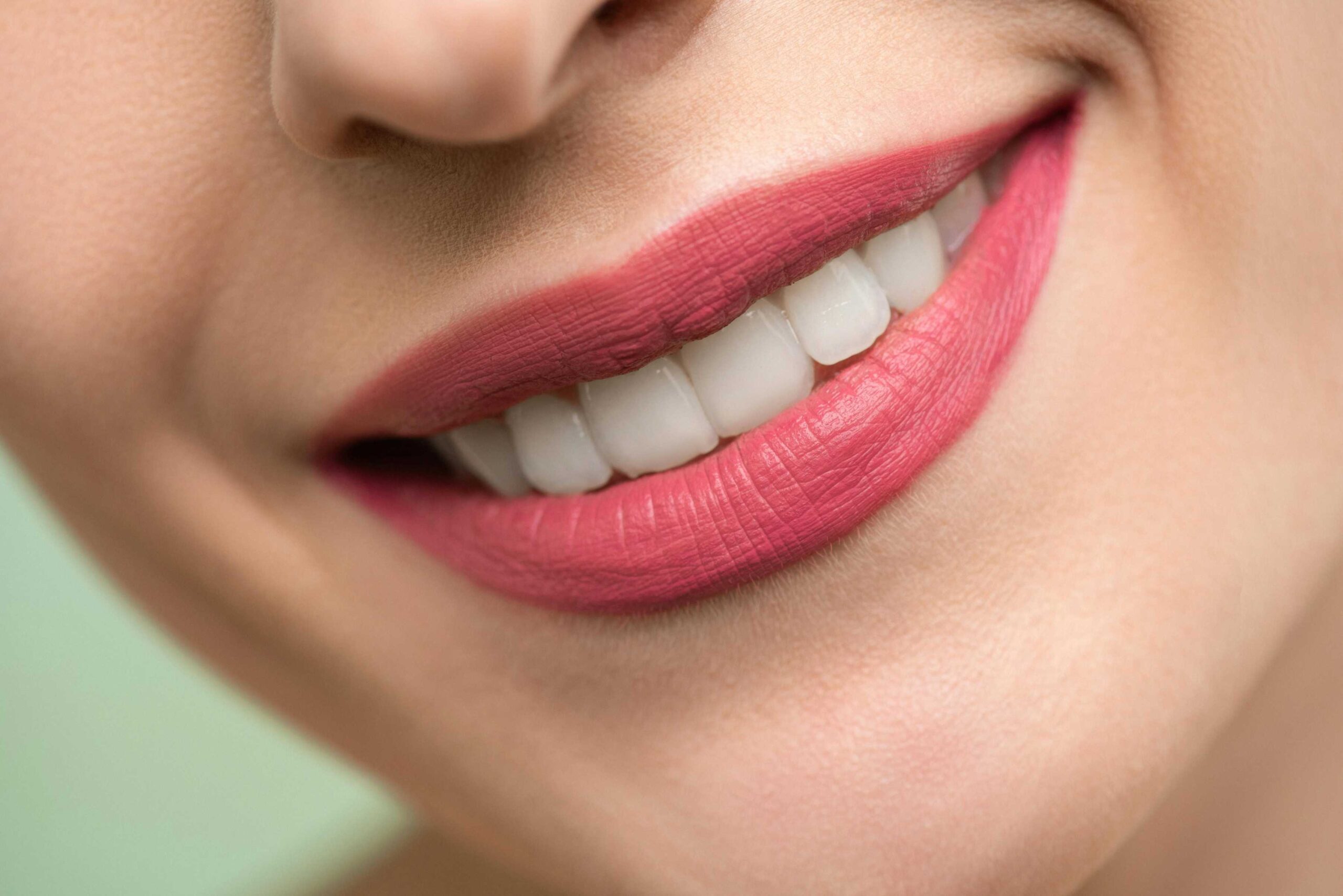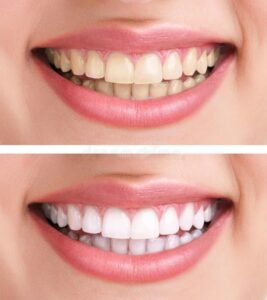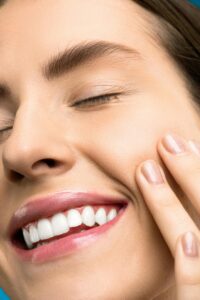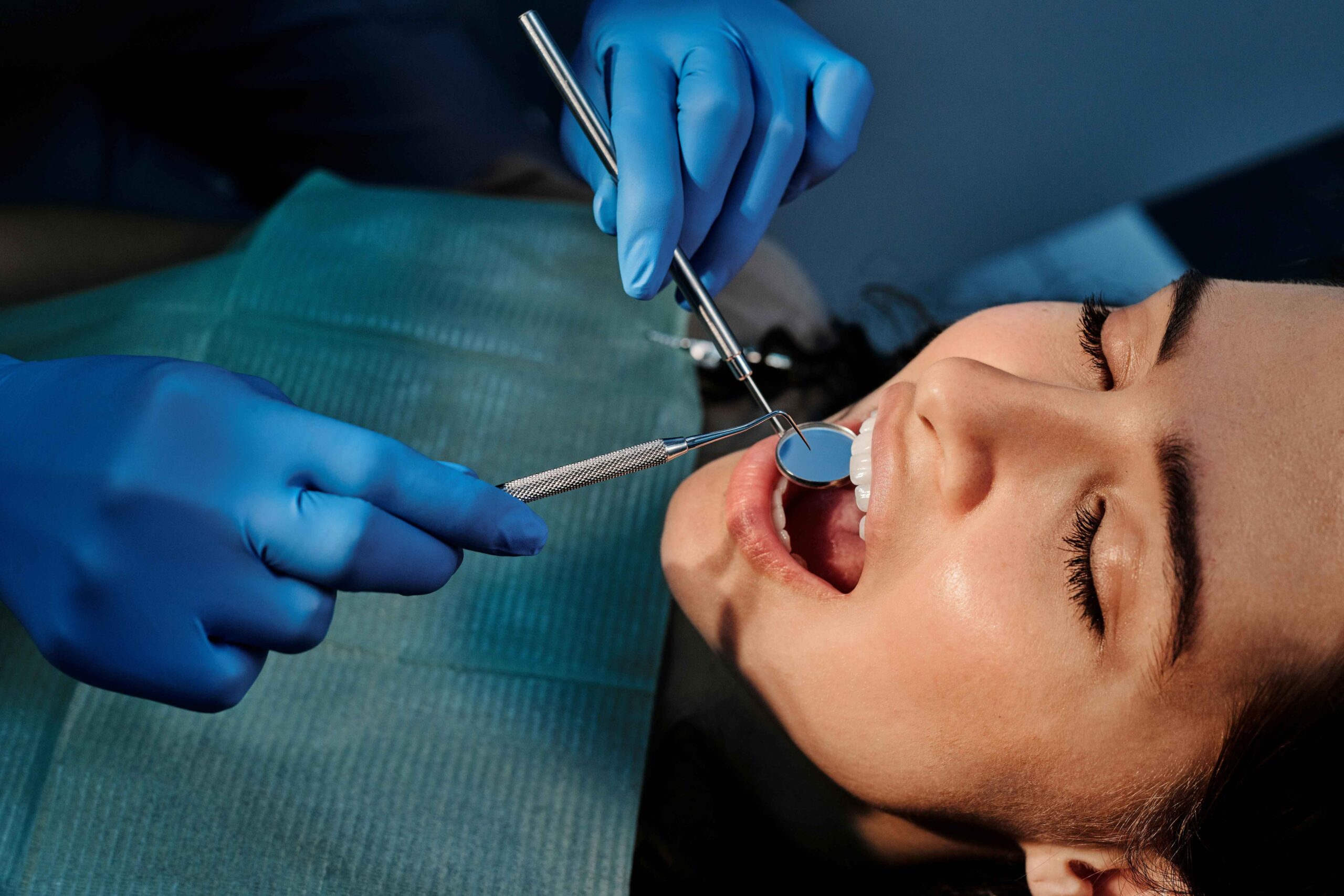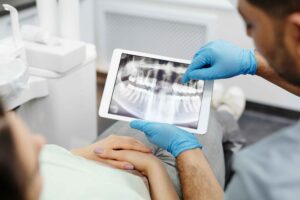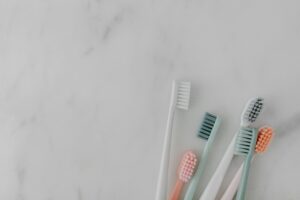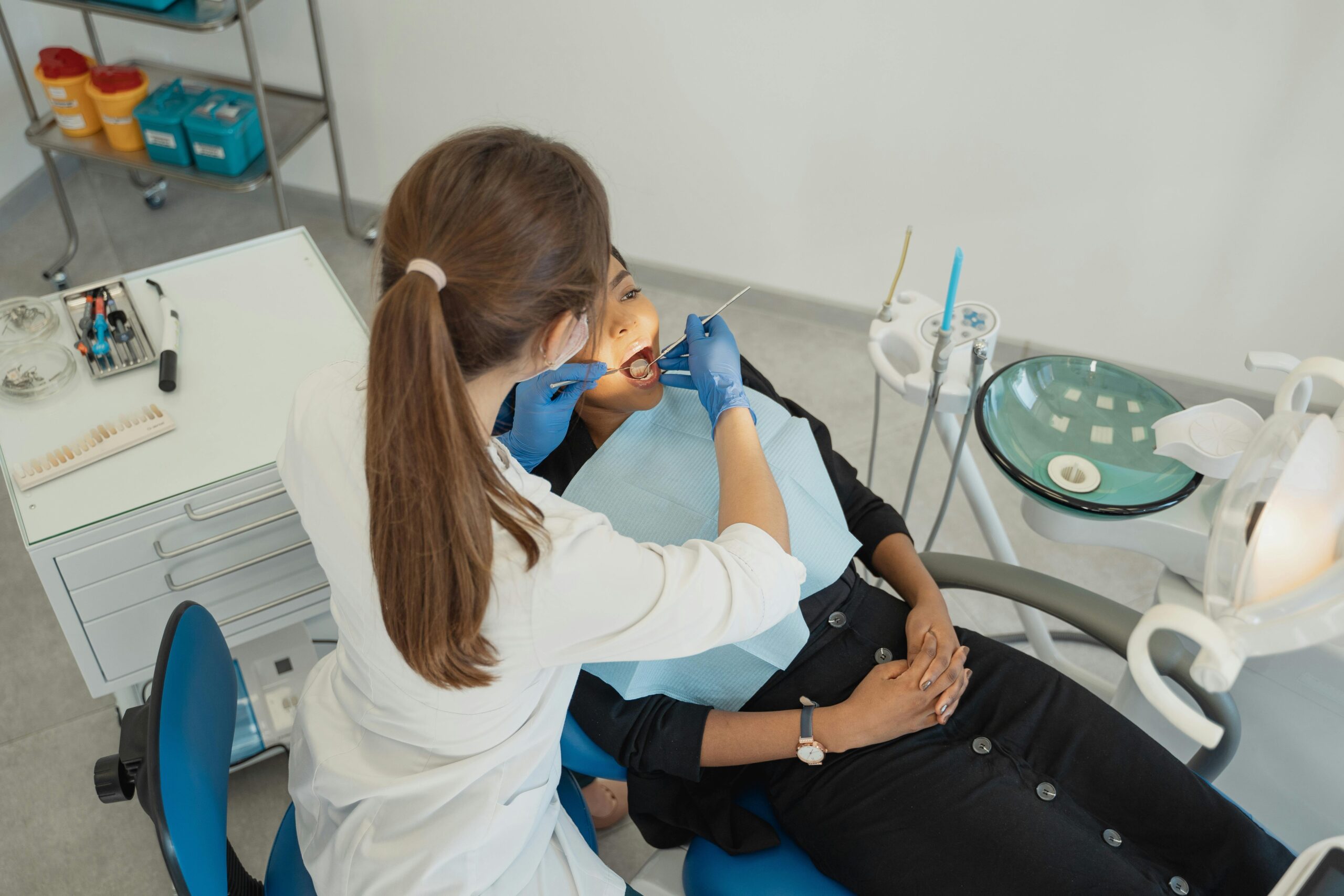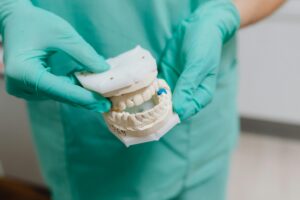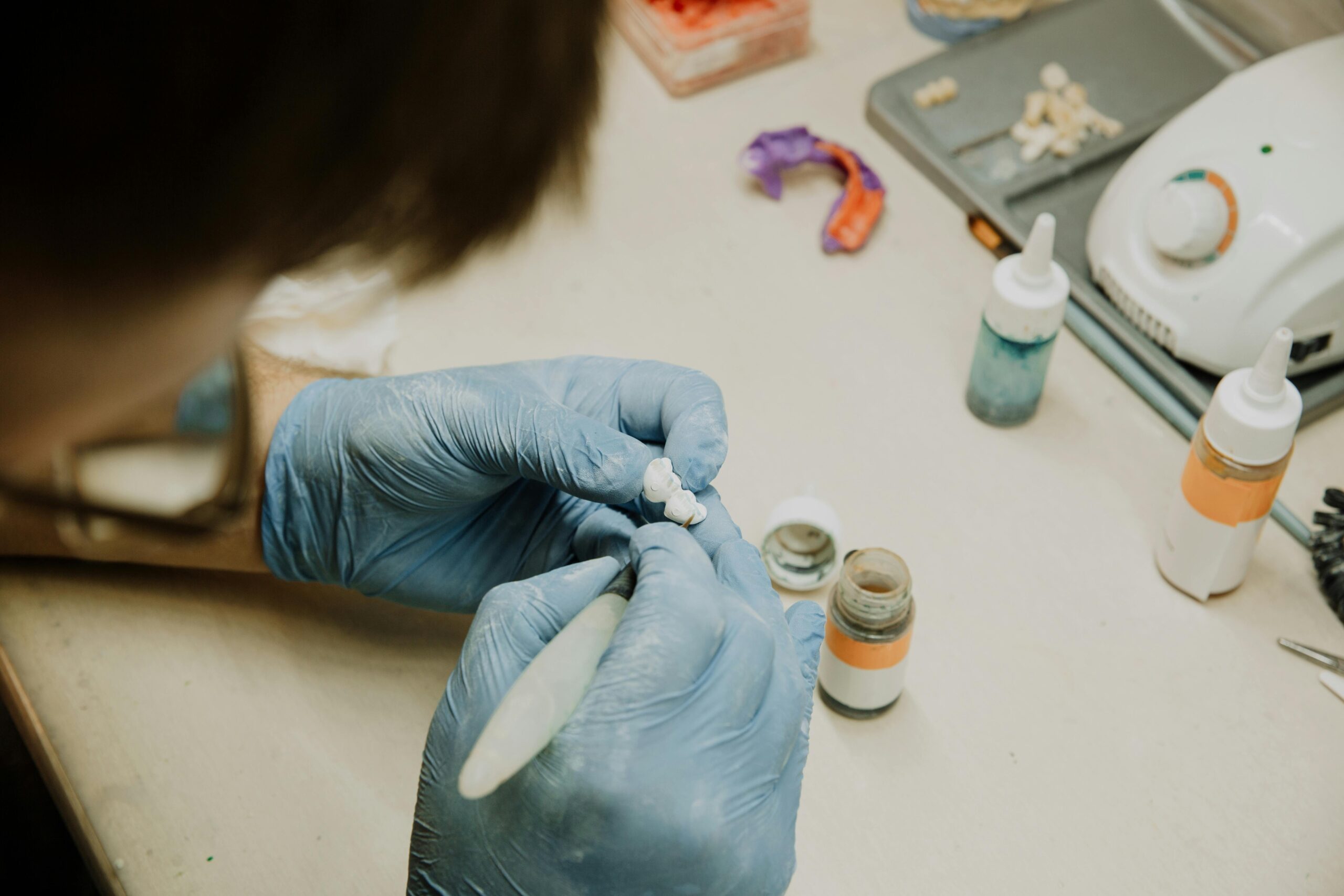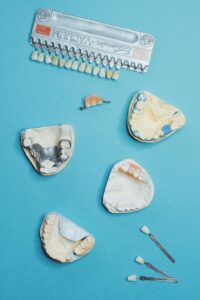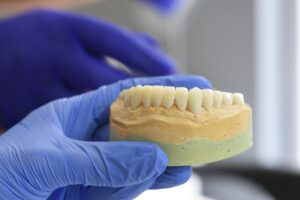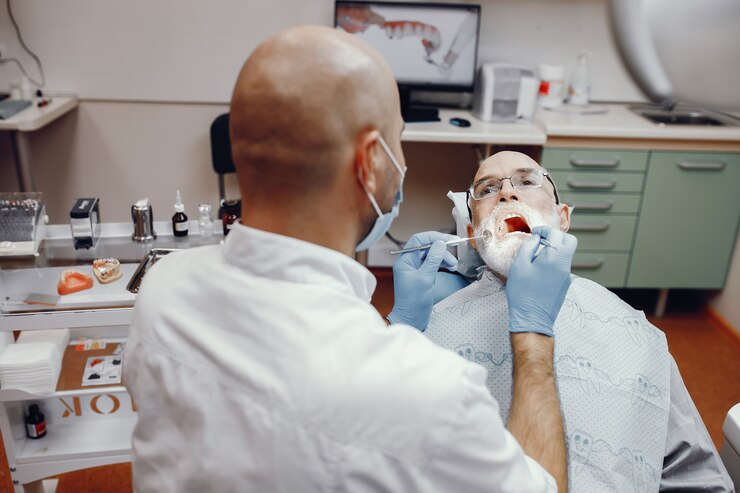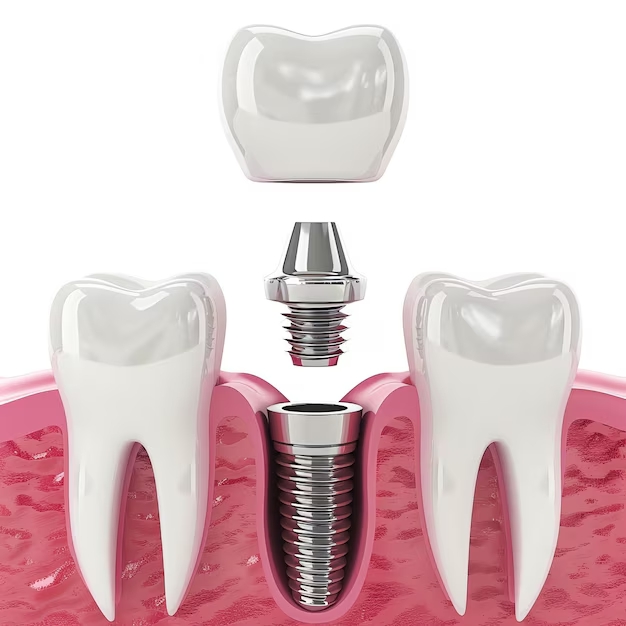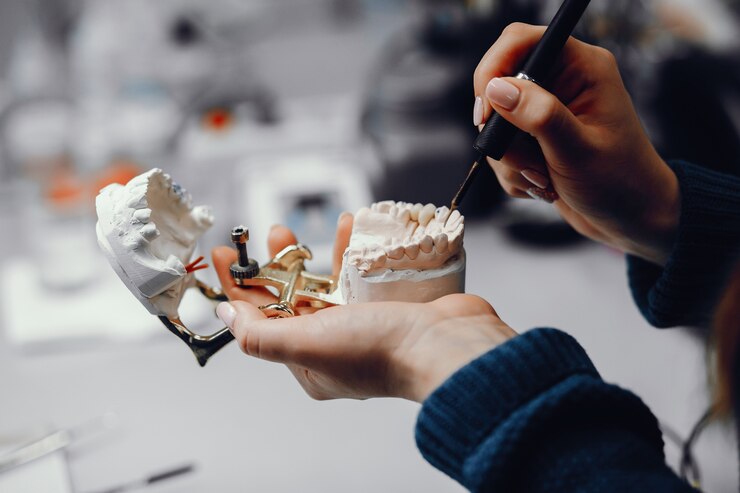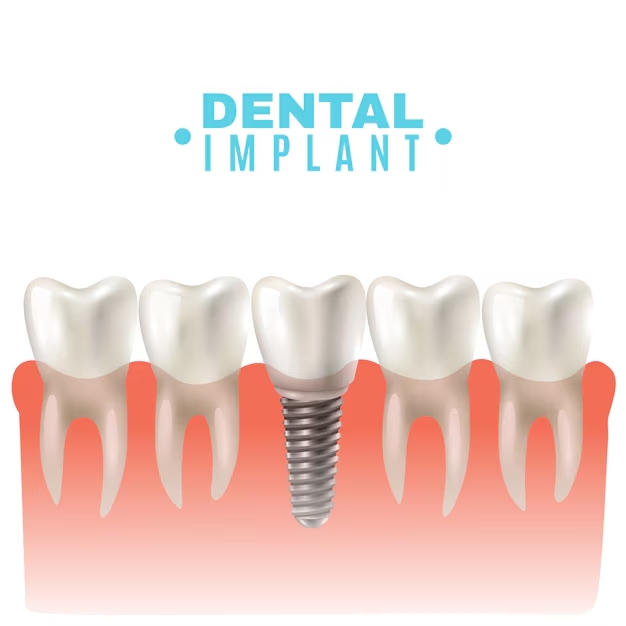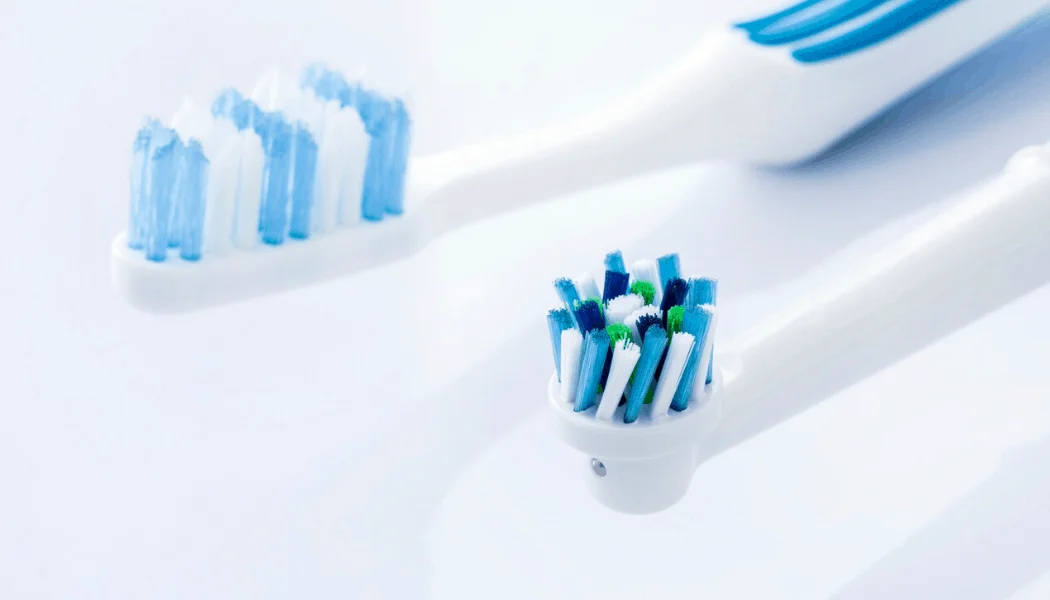Toothache always stops you right in your tracks. Even if it’s a dull pain or a sharp, throbbing pain, wherever it is, it is signaling you to recognise something isn’t right. It is often not just the pain; it is protecting your long-term dental health. Once the infection reaches the innermost part of the tooth, called the pulp, one of the most common and effective ways to keep that tooth is with a root canal treatment .
But not all dental clinics are the same. Especially when it comes to such a delicate and precise procedure, choosing a trusted clinic for root canal treatment in Leeds can make all the difference between a stressful experience and a successful, pain-free recovery.
In this article, we’ll walk you through why the right clinic matters and what you should look for in a dental team—particularly if you’re searching for root canal experts in Leeds who truly put your comfort and care first.
What Is Root Canal Treatment, and Why Is It Needed?
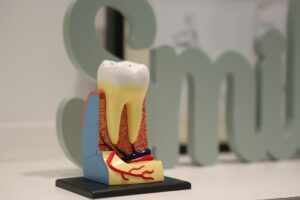
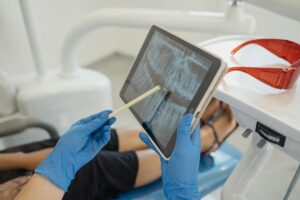
Root canal therapy is designed to treat infections or damage deep inside the tooth. When bacteria reach the pulp—usually through a deep cavity, cracked tooth, or traumatic injury—they can cause severe inflammation and infection.
Signs you might need a root canal procedure in Leeds include:
- Persistent toothache
- Sensitivity to hot and cold
- Swollen or tender gums
- Discolouration of the tooth
- A recurring pimple on the gums
Left untreated, these infections can spread, leading to abscesses or even tooth loss. Root canal therapy removes the infected tissue, disinfects the canal, and seals the tooth to prevent further issues—all while preserving your natural tooth. And contrary to the myths, when done by the best root canal dentist in Leeds, the procedure is remarkably comfortable and effective.
Why Choose a Trusted Clinic for Your Root Canal?
When facing something as critical as a root canal, you don’t want to take chances. Here’s why choosing a reputable, patient-focused clinic in Leeds is essential.
1. Skilled Endodontic Experts
Root canals need a high level of skill and precision. Endodontic experts in Leeds will complete advanced training over and above a general dentist. A reputable clinic will employ skilled professionals to handle even some of the most intricate procedures, and they will be able to treat you with minimal discomfort and maximum consideration.
You wouldn’t let just anybody rebuild your car’s engine—and the same should hold true for your teeth.
Also Read: Everything You Need to Know About Dental Implants in Leeds
2. Pain-Free and Painless Root Canal Options
Pain is a primary contributor to avoidance of the dentist, especially for a procedure like this one. However, advances in techniques and tools have made everything simpler and easier. Most patients even report that getting a pain-free root canal in Leeds is as uncomfortable as getting a filling.
At a reputable clinic, pain management is a priority. With local anaesthetic, sedation options and gentle techniques, you can expect a painless root canal in Leeds that is not anxiety-provoking and easy to recover from.
3. Emergency Root Canal Services
A tooth infection doesn’t follow a 9-5 timetable. That’s why it is crucial to select a clinic that offers emergency root canal in Leeds. If you have to wait days or weeks for treatment, you run the risk of pain getting worse, complications arising, and possibly losing the tooth.
An accommodating dental clinic understands that emergencies do happen, and they are ready to assist when you need them most.
4. Affordable Root Canal Without Compromising on Quality
Root canals are a considerable financial commitment for your dental health. But that does not have to cost you a fortune. Some reputable clinics in Leeds are offering affordable root canal treatment with fixed prices and various payment plans.
So, do not let cost stop you from receiving the treatment that you need. A good dental team will do their best to help you with ways to afford the treatment you need without sacrificing quality of care.
5. Advanced Tools for Advanced Root Canal Treatment
Technology has a substantial impact. Clinics that utilise the latest technologies – such as digital imaging, rotary instruments and microscopes – will provide more advanced root canal therapy in Leeds, with increased accuracy, efficiency and comfort.
This means less time in the dental chair, improved outcomes, and fewer appointments to follow up on.
6. Comprehensive Root Canal Aftercare
Your care doesn’t stop once the procedure is complete. Aftercare is a vital part of successful treatment. A trusted clinic will guide you through every step of root canal aftercare in Leeds, from managing minor discomfort to knowing what to eat, how to brush, and when to return for follow-up visits.
They’ll also help monitor your healing and ensure the tooth remains strong and infection-free for years to come.
7. Save Your Tooth—And Your Smile
One of the most wonderful things about root canal treatment is that it saves your tooth. While extraction can be tempting to be the quick option, nothing mimics your natural tooth’s function. So being able to keep your natural tooth through a successful root canal, means you’re able to chew comfortably, be proud to smile, and to keep your bite aligned naturally.
Ultimately, it’s not just about stopping the pain, it’s about restoring your dental health in the most natural way possible!
Also Read: When to Seek Emergency Dental Services: A Guide for Local Residents
What to Expect From a Trusted Root Canal Clinic in Leeds
If you’re still unsure about taking the next step, here’s what you should expect from a professional, people-first dental clinic:
- Warm, compassionate staff who understand your fears and walk you through every stage of treatment.
- Personalised treatment plans tailored to your specific symptoms, dental history, and comfort level.
- Clear communication so you know exactly what’s happening, why it’s necessary, and how to care for your tooth afterwards.
- A clean, modern environment where safety and comfort are always top priorities.
Whether you are experiencing a toothache, dealing with a sudden infection, or have been told by another dentist that you need a root canal, your next move matters. The right clinic will turn a potentially scary experience into something surprisingly manageable—and even empowering.
Looking for the Best Root Canal Dentist in Leeds?
You don’t have to suffer in silence or settle for less than expert care. At One Two Three Dental, we combine clinical excellence with a genuinely caring approach. Our root canal experts in Leeds are here to provide you with precise, pain-free treatment in a supportive and comfortable environment.
Whether you need urgent care, an affordable root canal, or long-term support for your dental health, we’re just a phone call away.
Let us help you save your tooth, protect your smile, and take control of your oral health with confidence.
Book your consultation with One Two Three Dental today. Your smile deserves the best!



